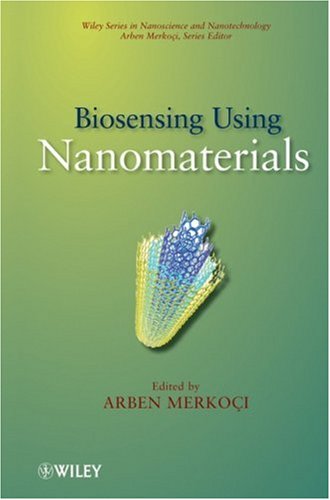

Most ebook files are in PDF format, so you can easily read them using various software such as Foxit Reader or directly on the Google Chrome browser.
Some ebook files are released by publishers in other formats such as .awz, .mobi, .epub, .fb2, etc. You may need to install specific software to read these formats on mobile/PC, such as Calibre.
Please read the tutorial at this link: https://ebookbell.com/faq
We offer FREE conversion to the popular formats you request; however, this may take some time. Therefore, right after payment, please email us, and we will try to provide the service as quickly as possible.
For some exceptional file formats or broken links (if any), please refrain from opening any disputes. Instead, email us first, and we will try to assist within a maximum of 6 hours.
EbookBell Team

5.0
40 reviewsBiosensing Using Nanomaterials introduces novel concepts in the area of bioanalysis based on nanomaterials, opening new opportunities for basic research and new tools for real bioanalytical applications.
In fifteen chapters, readers are introduced to the most successful nanomaterials used so far in biosensing, including carbon nanotubes, nanoparticles, and nanochannels. Each chapter provides a theoretical overview of the topic, a discussion of the published data relating to the bioanalytical system, and a selected list of references for further investigation. The result is a book that provides a comprehensive forum of interest to scientists, engineers, researchers, manufacturers, teachers, and students.
Biosensing Using Nanomaterials is an important resource for a broad audience involved in the research, teaching, learning, and practice of integrating nanomaterials into biosensing systems for clinical, environmental, and industrial applications.